I’ve been thinking a lot lately about the role of the arts, and individual artists, in regards to social change. Not just any social change, but specifically in regards to political change. I’ve been thinking about it off and on all year. First, back on Jan 31, 2011, I posted some thoughts (on my old Springboard blog) in reaction to the Arab Spring protests and what they might mean globally. Not much later, I gave my DIY Days talk proposing that artists needed to get more involved and “reclaim” the political aspects of DIY. Then last week, I posted a somewhat depressing look at the global economy and what impact it might have on the arts.
I went back to that first post earlier today, and found it eerily prescient of what we’re seeing today with OWS and other global protests, and still quite relevant. Not that I predicted any future, or anything, but I do think it’s worth revisiting that post today. I’ve cut/paste the last half of that article below, and the original is still here. I’ll be posting more thoughts on the subject soon.
_____ from Jan, 2011 _____
Malcolm Gladwell and Clay Shirky can argue all day whether or not social media helps spread a revolution, but something much more fundamental is going on here. Twitter, Facebook and other social media may not have started the revolutions, but they’ve been a part of it, mainly because of the most important factor in these revolutions – a growing young population very aware of the failures of the old regimes, often well-educated but frustrated by their job and future prospects, tightly connected to one another through social networks both new and old and, quite literally, with nothing much to lose. True, there are people of all generations involved in these protests, but the influence of a hyper-connected class of youth has been a very strong component of these recent events. They may be joined by many others, but youth unemployment and disaffection are at an all-time high, and guess what, youth media engagement is also at an all-time high. Unfortunately for world leaders, you can look around the world and see this same pairing in many a country, both despotic and democratic (or somewhere in-between).
The fact of the matter is, Egypt shutting down the internet was in some ways almost pointless. Unless you completely disconnect your population entirely, all the time, people are going to be social and find others like them online. They will communicate and form new networks and common likes and grievances, and discuss them. They are going to make media and share it, and often you won’t even know who its making fun of until it is too late. By the time a protest starts, the gig is up. Sure, China does a good job of censoring all of this chatter, but that hasn’t stopped people from spreading things like the story of Li Qiming, who after being stopped for a hit and run that killed one woman taunted “Sue me if you dare. My father is Li Gang!” (a high-ranking police officer). In the past this story would have been covered up, but it spread so quickly on the internet as a satiric quote in response to all kinds of corruption that the Government had to allow the story to disseminate and just now sentenced Li Qiming to prison. This story brings up the other undercurrent to these protests – the growing divide between the rich and poor.
As many others have pointed out, there’s a new global elite that hangs out together, builds companies together and rules the world together. As reported in The Economist, some 10 percent of the people in the world control 83 percent of the world’s assets. They are connected to one another, and yes, they are different than the rest of us. As the gap between the super-rich, merely rich, the somewhat rich and the poor widens, there’s a growing sense of inequity that feeds the sense that money and power are one, and this inevitably leads to backlash. Again, the people can talk about this, make media about it and share it and the story goes viral. By the time the “elite” wake up and try to change the conversation, it will likely be too late.
Interestingly, the new global elite also happen to invest heavily in the new technology economy and thus own most of the companies that make the real and virtual newfangled toys we play with. Many of these companies derive most of their value from the input of their users – Google and Amazon get smarter as you search and rate things – and while these products can make our lives easier and more fun, most of the real monetary value accrues to the companies and their shareholders.
What they haven’t seemed to realize until now is that while they may get rich and powerful sucking the data, dollars and power from the masses into these social networks, the masses might one day use these same tools against this very system. You connect the people and they might stop playing Farmville long enough to connect the dots. It is much easier now for the rest of the world to talk to one another and realize that, hey, regardless of political party or country, they’re all getting screwed.
Sure, these same tools can be used against protesters (and have been, in Iran, for example) and yes, you can shut off the credit processing to Wikileaks and the internet to all of Egypt, but once you’ve gotten people talking they don’t stop. Especially the young people. They switch to whispers, they use dial-up modems or phone in Tweets, pass notes through cell doors, but once they’ve shared the truth about the emperor (whichever “truth” they’ve chosen to believe), they don’t shut up.
The revolutions in Tunisia and now in Egypt are responses to very real oppression. You can’t overstate how different things are there from many other places in the world. The problems of disaffected youth in Europe, or the grievances of any given social network may pale in comparison (though not always), but it would be foolish to think that this political disruption won’t spread, in different fashion and at a different pace, to other parts of the world. There are many other countries with an educated youth that can’t find jobs, and that feel the older generations have squandered their future. There are many of different ages who agree with them. Even the magazines of the elite (it’s called The Economist for a reason) recognize that there’s been a growing gulf between the haves and the have nots and that historically, this has led to some bad things. Mix in the speed of communication and ease of connecting disparate groups that the internet offers and you’ve put an interesting spin on this old tale.
In America, the first of the groups to wake up to this reality were the youth who came out in droves for Obama. It’s hard to remember now, but he was a long-shot that only became the great hope after a lot of young, tech savvy people with time on their hands started pushing for him. Ironically, however, many of them now feel disillusioned and the torch has been passed to (grabbed back by?) the largely white, conservative, older, middle and lower class who form the Tea Party (the upper class just funds them). You couldn’t get a much different group than the protesters in the Middle East, but strange things happen in America. Many years ago, they would have been dismissed as just another John Birch Society, but through a mix of social media connection and activism, mixed with some old-fashioned (and borrowed) organizing, they’ve got their agenda on, well, ours. Back in the day, Rick Santelli’s rant from the Chicago trading floor would have inspired a small portion of the viewers of CNBC and perhaps some back-room discussions at think-tanks. Its impact would have only come after years or talking and organizing, but it formed an entirely new political party in the span of just a few weeks (a dire economy, Black president, Hispanic justice and openly gay senator helped fan the fire). Like them or loathe them, the Tea Party is just one harbinger of more to come.
The Tea Party is, to many onlookers, a strange, convoluted backlash to the changing face of America (I know that’s not how they see it, but that’s not the point). Look around America though, and there are a lot of other disaffected, upset people who aren’t represented in our political class or conversation at all (most of whom also raise the blood pressure of those in the Tea Party). They are talking, and while they may be stupefied and coddled by their American Idol and easy, consumerist access to anything they want, anytime they want, they are also starting to talk to one another much more often and that can only lead in one direction – more self- and group-awareness, and that usually leads to change.
In some cases, this will just mean little protests, as we see now with the LGBT community, and their supporters, fighting back against Don’t Ask, Don’t Tell. Soon, however, things could get interesting. What happens when the young wives of incarcerated men, usually flung around the country and very unimportant politically, can connect to one another online and form a voting block? What happens when Latinos, African-Americans, Asians and other people of diverse backgrounds (who also trend young) realize that not only are they now the majority in 10 of our major cities, but that their needs and desires aren’t being addressed by those gathered in Washington (or in Davos). Not all of this will lead to uprisings, or even slight protests, in every case, but it is going to make for something interesting.
The problems in the US are nothing compared to those suffered by people in the Global South, for just one example, but they also pale in comparison to even those in European countries with much less openness, or who have suffered worse through the recent economic crisis. There are legions of well-educated, under-employed people in these countries, and they’re all connected now. While some form of localized political unrest is highly likely in many places, it will be more interesting to see how people combine their common goals, grievances and wills across borders. We’re already seeing evidence of China, Iran and other countries blocking internet reports of the protests in Egypt, and this will likely spread as other regimes get scared. But that’s just the tip of the iceberg compared to more widespread coordination, which we’re only now seeing amongst those bent on global terrorism (or amongst those playing MMORPG, interestingly). What happens when more peaceful (or not), but better organized players connect, communicate and coordinate efforts? Who knows, but it’s something you can bet many government (and business) leaders will be thinking about for quite some time.
In fact, they already have begun thinking about this and planning. Lieberman’s internet kill switch is only a more obvious and public response to fears of people connecting and doing something (good or bad). You don’t have to think about this much to realize that if governments and corporations are meeting in secret to pass things like ACTA, to stop people connecting and sharing (pirated) music and films, they’re definitely having a few such meetings about what happens as this political disruption continues. The high-level interconnectedness of the political, military and corporate spheres was lain bare by the response to the WikiLeaks cables, and you don’t have to be a conspiracy theorist to play all of this out a bit further in your head. Every new technology that has held the potential to bring more power to the people has been inverted and changed to reassert the control of the powers that be. This won’t be any different, though for at least a few more years it may appear that way, and that’s mainly just because the kids are moving faster with this stuff than the adults can process it all.
For now, however, we’re in a time of massive change to the political process and the people’s involvement with it. It’s too early to tell whether this will lead to something better or worse in Egypt, or even Tunisia, but it is clear that for a short window of time, the possibilities for changing the status quo are better than ever. It will be messy, loud and sometimes violent, but more often just pretty damn interesting. There’s a lot of young people connected and talking, and they want to be heard. They are fed up with the status quo and they can see through all that was once made to be misunderstood. They’re talking to one another and they’re getting louder. Cacophony is noisy stuff, but some of those in power better hope these voices don’t get more harmonious.

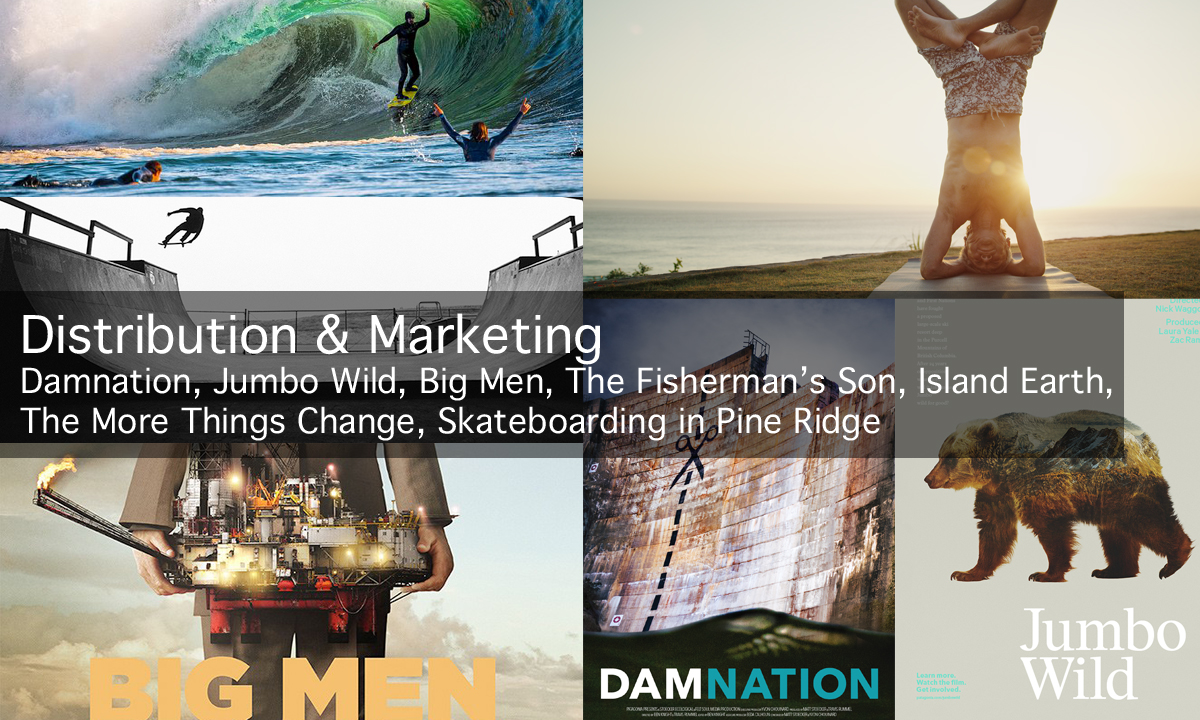
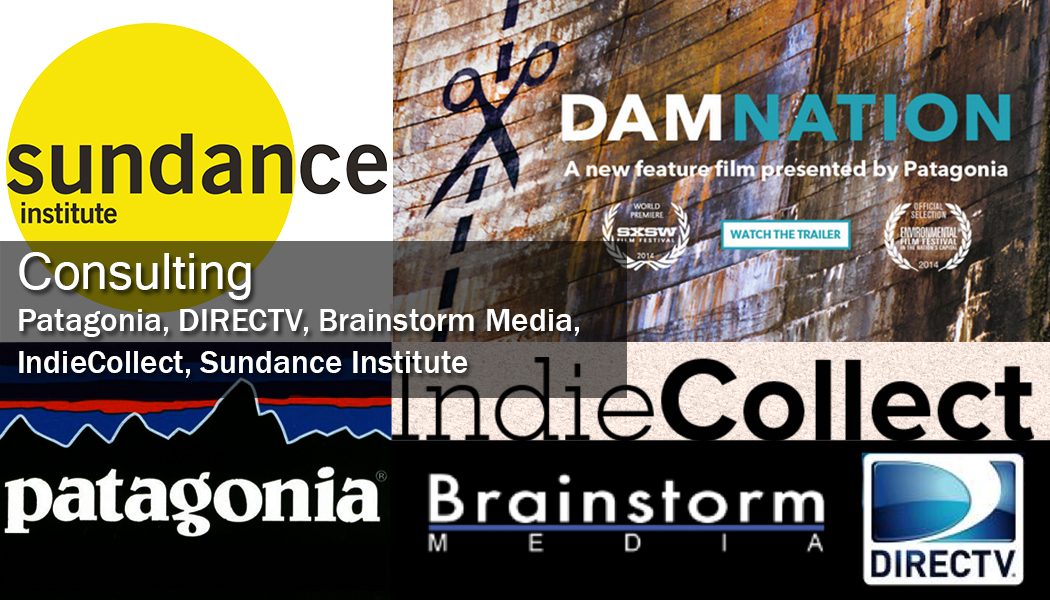

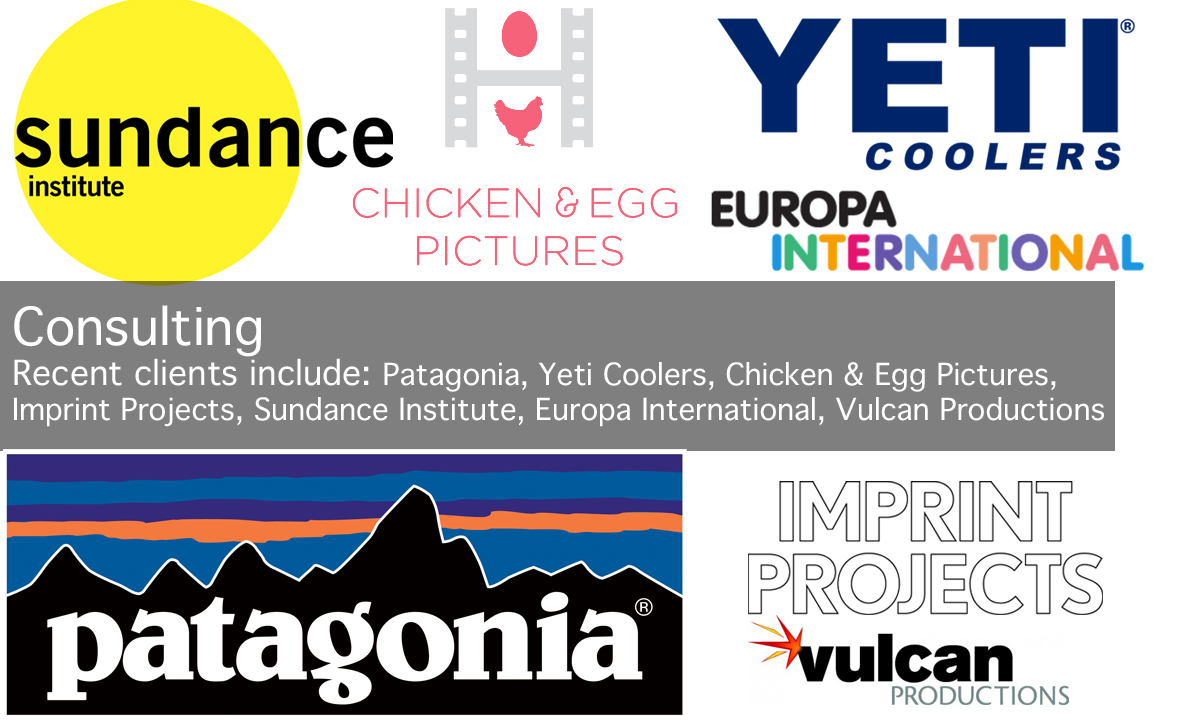
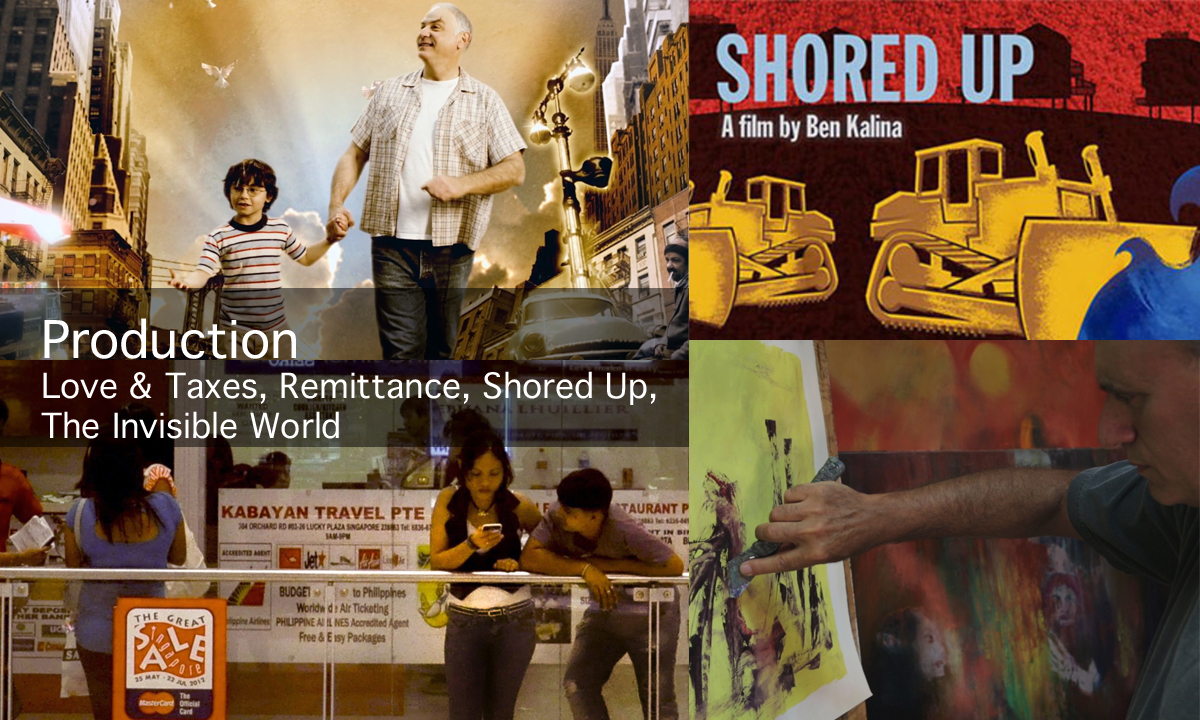



 Let’s face it, what other film organization does all of this and then holds its annual fundraiser for just $50 bucks? That’s right, for just $50 you can hang out with some awesome filmmakers, meet cool people, listen to music, learn about what’s next for Rooftop Films and…network with potential donors. That’s right, they’ll be there too, but don’t tell anyone I told you that. This kind of action would set you back $500 to $1000 + at other organization’s benefits, but Rooftop Films is cool like that. Trust me, the evening will be fun enough to warrant the $50, with booze, food and entertainment. AT&T is helping sponsor the event, and I personally guarantee that anyone who buys a ticket will have a good time while supporting a great organization.
Let’s face it, what other film organization does all of this and then holds its annual fundraiser for just $50 bucks? That’s right, for just $50 you can hang out with some awesome filmmakers, meet cool people, listen to music, learn about what’s next for Rooftop Films and…network with potential donors. That’s right, they’ll be there too, but don’t tell anyone I told you that. This kind of action would set you back $500 to $1000 + at other organization’s benefits, but Rooftop Films is cool like that. Trust me, the evening will be fun enough to warrant the $50, with booze, food and entertainment. AT&T is helping sponsor the event, and I personally guarantee that anyone who buys a ticket will have a good time while supporting a great organization.



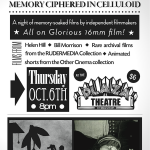





 Like everyone else in NYC (and SFO and many other cities), I’ve been enjoying the recent explosion in Food Trucks and pop-up restaurants. Near my office in Midtown, I can often hit up any number of random food trucks, with my favorite indulgence being the
Like everyone else in NYC (and SFO and many other cities), I’ve been enjoying the recent explosion in Food Trucks and pop-up restaurants. Near my office in Midtown, I can often hit up any number of random food trucks, with my favorite indulgence being the 